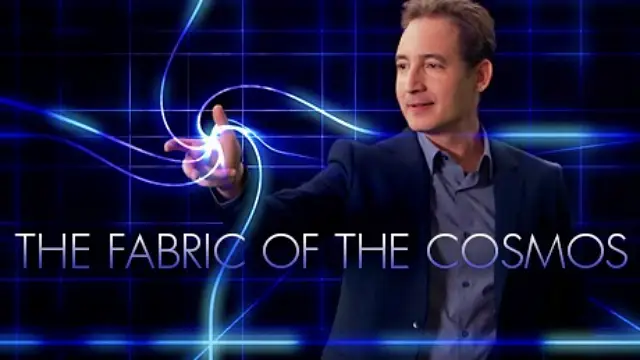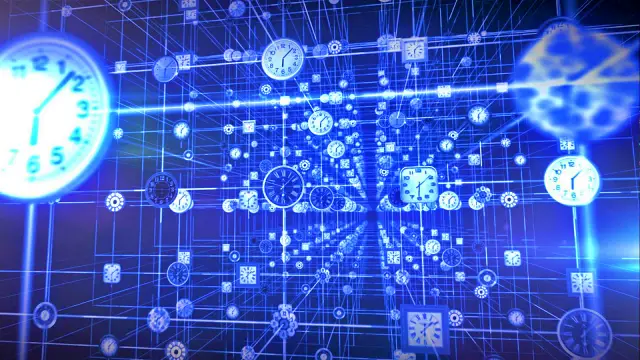Discover the Mind-Bending Concepts of Time and Space!
Have you ever wondered about the nature of time? Is it real, or is it just an illusion? In this article, we will explore the fascinating ideas presented in “The Fabric of the Cosmos”, a book by renowned physicist Brian Greene. This work takes us to the cutting edge of physics, revealing how scientists are uncovering the mysteries of space, time, and the universe.
What is “The Fabric of the Cosmos”?
“The Fabric of the Cosmos” is a thought-provoking book that delves into complex scientific concepts. Brian Greene explains how our understanding of time and space has evolved. He presents these ideas in a way that is accessible to everyone, making it easier to grasp the intricacies of the universe.
Key Themes in the Book
- The Nature of Time: Greene discusses how time is perceived and how it may not be as straightforward as we think.
- Space and Time Interconnected: The book explains how space and time are woven together, forming a fabric that shapes our universe.
- The Role of Physics: Greene highlights the importance of physics in understanding the cosmos and our place within it.

The Illusion of Time
One of the central ideas in Greene’s work is the concept of time as an illusion. But what does this mean?
Understanding Time
- Perception vs. Reality: Our perception of time is linear. We see it as a straight line from the past to the future. However, scientists suggest that time may not function this way.
- Relativity: According to Einstein’s theory of relativity, time can bend and stretch. This means that time can be experienced differently depending on speed and gravity.
The Nature of Time in Physics
- Time Dilation: This phenomenon occurs when an object moves at high speeds or is in a strong gravitational field. Time appears to pass more slowly for that object compared to others.
- Quantum Mechanics: In the quantum realm, time behaves differently. Events can occur simultaneously, challenging our traditional understanding of time.
The Fabric of Space and Time
Greene uses the metaphor of fabric to describe how space and time are intertwined. This concept helps us visualize the universe’s structure.
The Cosmic Fabric
- Space-Time Continuum: Imagine space and time as a fabric that can be warped and stretched. Massive objects like planets and stars create dips in this fabric, affecting how time flows.
- Black Holes: These cosmic giants warp space-time so dramatically that they create regions where time behaves unpredictably.
Implications for the Universe
- Big Bang Theory: The universe began as a singularity, a point where space and time were compressed. Understanding this event helps scientists piece together the universe’s history.
- Expansion of the Universe: The universe is constantly expanding, which affects how we perceive time and space.
Why This Matters
Understanding the illusion of time and the fabric of the cosmos has profound implications for our lives and our understanding of reality.
Impact on Science
- Advancements in Physics: Greene’s work encourages further exploration of time and space, leading to new discoveries in physics.
- Philosophical Questions: These concepts challenge our beliefs about existence, reality, and the nature of the universe.
Personal Reflection
- How We Live: Our perception of time influences how we live our lives. Recognizing its fluidity can change our approach to daily activities and long-term goals.
- Mindfulness: Understanding that time is not as rigid as we think can encourage us to be more present in the moment.
Journey Through Time and Space
“The Fabric of the Cosmos” by Brian Greene invites us to rethink our understanding of time and space. By exploring the illusion of time, we gain insight into the universe’s mysteries.
Key Takeaways
- Time may not be as linear as we perceive.
- Space and time are interconnected, forming a cosmic fabric.
- Advancements in physics continue to challenge our understanding of reality.
As we continue to explore these concepts, we open ourselves to new possibilities and a deeper understanding of the universe. The journey through time and space is just beginning!

